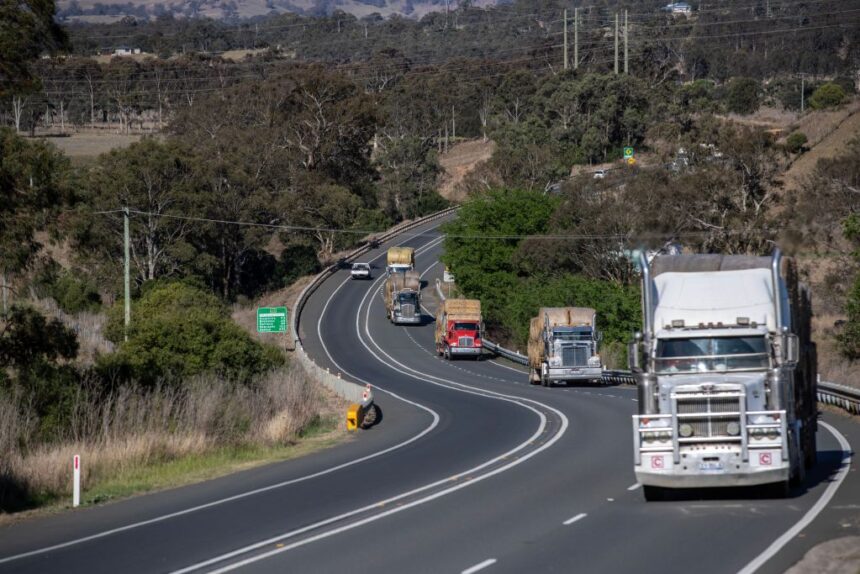Experts caution that although more Australian businesses are transitioning to electric heavy-duty trucks, the industry still faces challenges in meeting its emissions reduction targets.
Recent announcements by supermarket giant Coles and recycling firm CD Dodd reveal the addition of electric prime movers to their transport fleets in Victoria and Western Australia. Volvo plans to introduce another 150 heavy-duty zero-emission trucks by 2025, despite existing restrictions across states and varying laws.
Last week’s developments come on the heels of the Transition to Electric Vehicles inquiry, where stakeholders emphasized the need for increased federal support for electric truck adoption, including infrastructure and financial incentives.
Coles, in partnership with Linfox, is incorporating a battery-powered prime mover into its Victorian delivery fleet, expected to save 25,000 liters of fuel annually. CD Dodd, a mining metal recycling firm, is set to deploy a heavy-duty electric truck capable of transporting 50 tonnes of freight up to 300km per charge.
According to Volvo Group president Martin Merrick, the surge in electric truck adoption signifies a shift towards fuel-efficient technology, with 65 electric trucks already operational in Australia. An additional 150 large electric trucks are on order for 2025, pending consistent regulatory frameworks from government bodies.
Changes in axle weight restrictions by governments in Queensland, NSW, Victoria, South Australia, and ACT demonstrate a willingness to accommodate electric trucks, albeit with varying regulations. Merrick stresses the importance of unified legislation to accelerate zero-emission truck adoption nationwide.
Financial incentives for businesses transitioning from diesel to electric models could significantly reduce transport emissions and align with climate targets. Merrick asserts that achieving net-zero emissions by 2050 requires a shift to electric vehicles, facilitated by incentives and standardized regulations.
Investing in public charging infrastructure, as suggested by mechanical engineer Marceline Overduin from Frazer-Nash Consultancy, could further bolster low-emission freight vehicles. A comprehensive digital model considering various transport factors is crucial in identifying optimal locations for charging stations.
With road freight accounting for a significant portion of transport emissions and fuel consumption in Australia, industry stakeholders advocate for greater support for larger low-emission vehicles. The recent parliamentary inquiry on electric vehicles underscores the urgency of adopting sustainable practices in the transport sector.
Please rephrase this statement.
Source link





